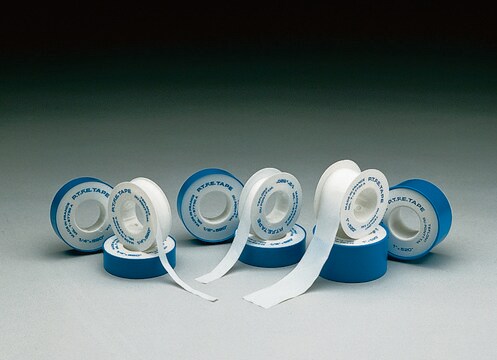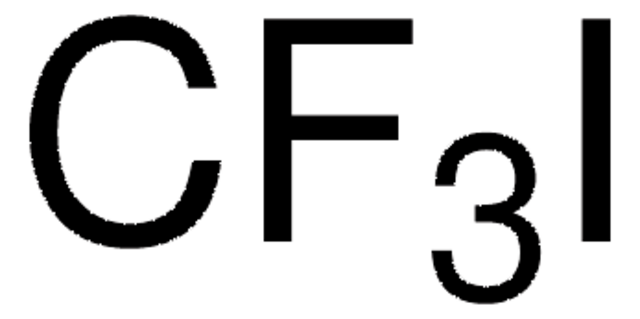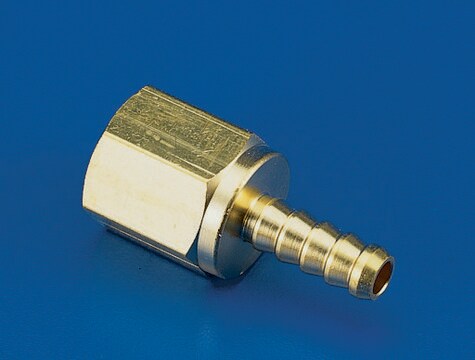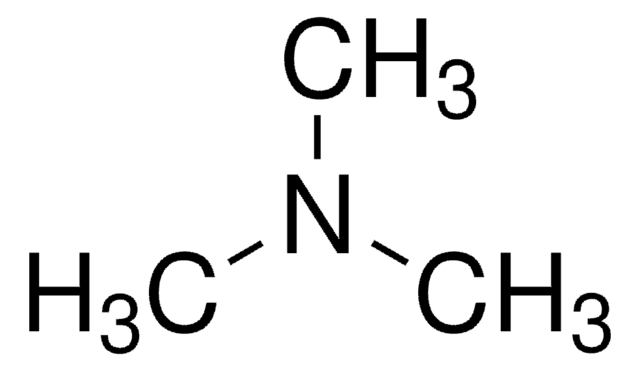About This Item
Recommended Products
vapor density
2.01 (21 °C, vs air)
Quality Level
vapor pressure
72.2 psi ( 37.7 °C)
Assay
99%
autoignition temp.
860 °F
expl. lim.
8.3 %
bp
−12 °C (lit.)
mp
−160 °C (lit.)
density
2.064 g/mL at 25 °C (lit.)
SMILES string
CC(C)C
InChI
1S/C4H10/c1-4(2)3/h4H,1-3H3
InChI key
NNPPMTNAJDCUHE-UHFFFAOYSA-N
Looking for similar products? Visit Product Comparison Guide
Related Categories
Application
- Isobutylene by catalytic dehydrogenation using various catalysts.
- Isopropyl methyl ketone by formylation reaction with carbon monoxide in the presence of super acid catalyst.
- tert-Butylhydroperoxide (TBHP) by oxidation.
Packaging
Compatible with the following:
Legal Information
also commonly purchased with this product
hose barb
recommended
regulator
Signal Word
Danger
Hazard Statements
Precautionary Statements
Hazard Classifications
Flam. Gas 1A - Press. Gas Liquefied gas
Storage Class Code
2A - Gases
WGK
nwg
Flash Point(F)
-117.4 °F - closed cup
Flash Point(C)
-83 °C - closed cup
Personal Protective Equipment
Certificates of Analysis (COA)
Search for Certificates of Analysis (COA) by entering the products Lot/Batch Number. Lot and Batch Numbers can be found on a product’s label following the words ‘Lot’ or ‘Batch’.
Already Own This Product?
Find documentation for the products that you have recently purchased in the Document Library.
Protocols
Protocol for GC Analysis of C1-C5 Hydrocarbons on Alumina Sulfate PLOT
GC Analysis of Hydrocarbons in Gasoline on Petrocol® DH, Isothermal
Our team of scientists has experience in all areas of research including Life Science, Material Science, Chemical Synthesis, Chromatography, Analytical and many others.
Contact Technical Service







